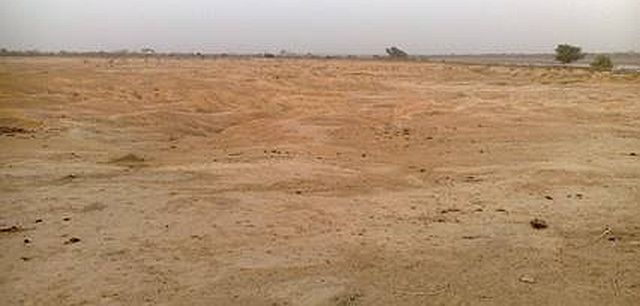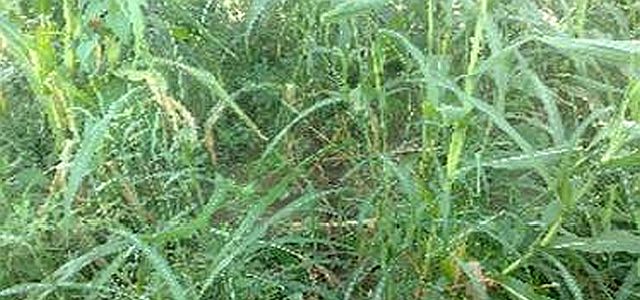Farmers in the villages targeted by the project had no knowledge of the proposed Water and Soil Conservation (WSC) and the Defence and Restoration of Soil (DRS) practices. The project aimed at demonstrating to them that the fields they had abandoned could be recovered thanks to almost no or low cost practices that did not require any investment except physical effort. The results are amazing since thanks to the rainy season the farmers could harvest some crops from the restored fields. The rest of the crops was still in the field and the harvested crops from the fields were also found in the houses.
"We did not know that it was possible to pull something out of this area. But thanks to what we learned, we could collect sesame. The area once was forsaken because for us it became unfit for agriculture and we felt obliged to move to other more fertile lands”, says Nourou TRAORE, a farmer from the village of Baguina. Another one from Baguiba adds that they were able to harvest from one (1) ha of land abandoned in the past, 3 sacks of millet. “Who would have believed that?”, he exclaimed. In the village of Djela, a member of the youth group said with a note of great satisfaction that they were able to collect sesame from their recuperated plot.
The results would have better a natural phenomenon had not happened that is the difficulty caused by the early halt of the rains in the middle of August in the village of Baguini although the meteorological information had planned a wet season until the end of September in the region. The information given over a whole region made it difficult to predict the end of the rains on this village. This situation had a negative effect on the crops, especially since an alternative water supply solution had not been foreseen by the project.
Another issue is related to the problem of migratory birds that come to eat millet after the seeds. The peasants had to sow three (3) consecutive times in the pilot fields. Also, the low involvement or even the non-existence of beneficiary women was an insufficiency raised by the focal point. This is because women do not own the lands. It has therefore been suggested to take them into account for future actions with their capacity building for the implementation of market gardening activities.
Sesame as harvested in the pilot lands is well consumed product that is a great source of revenue for the beneficiaries. The millet is the most consumed cereal in the region and the bags will contribute a lot to feeding the families for several months.

